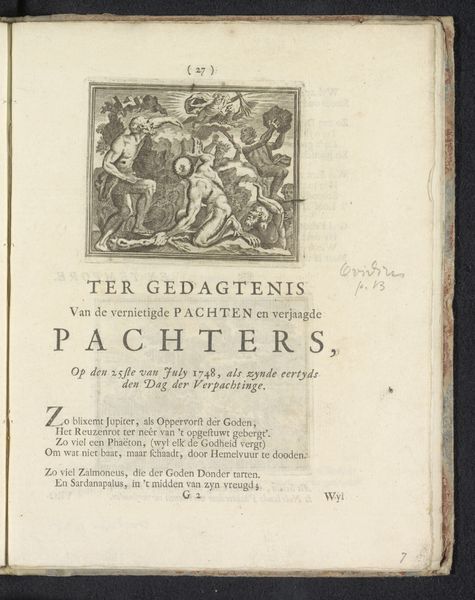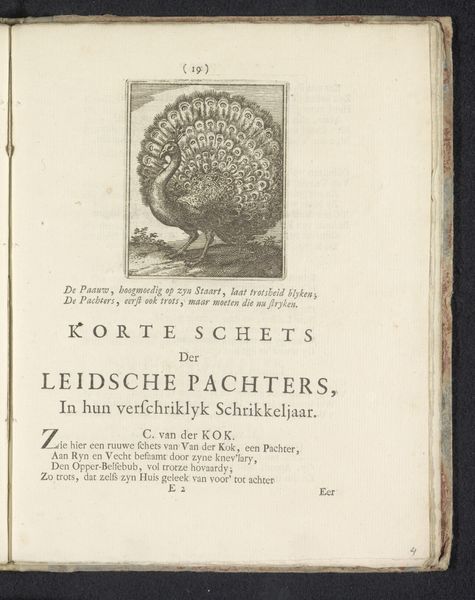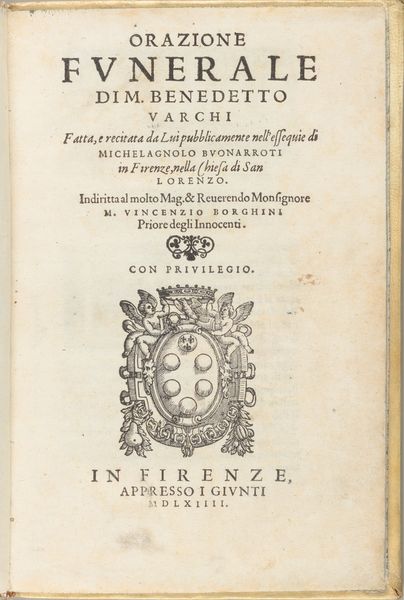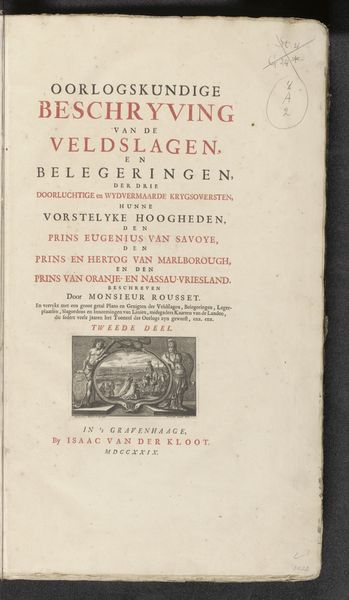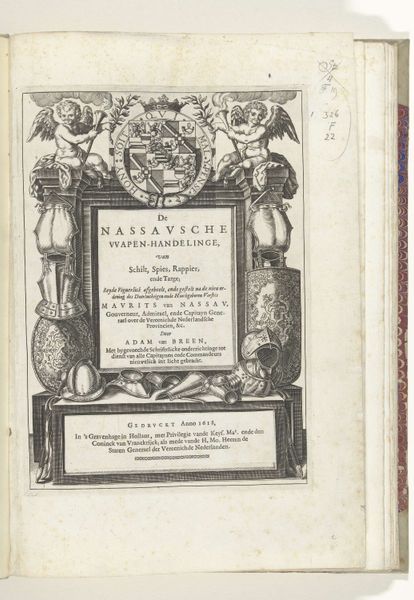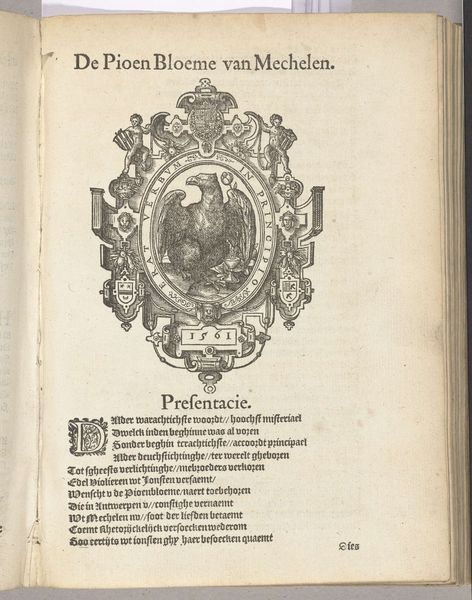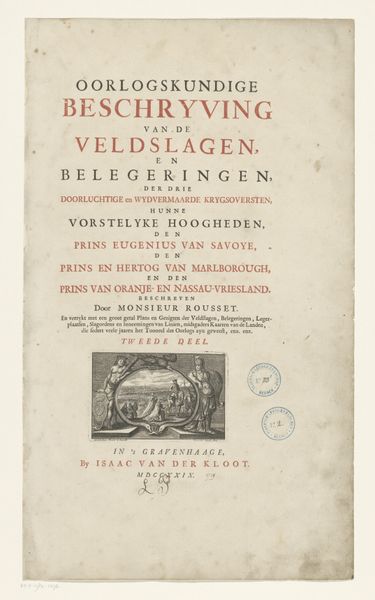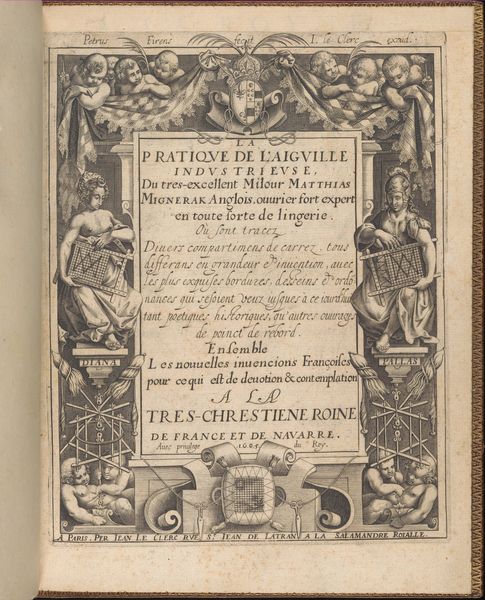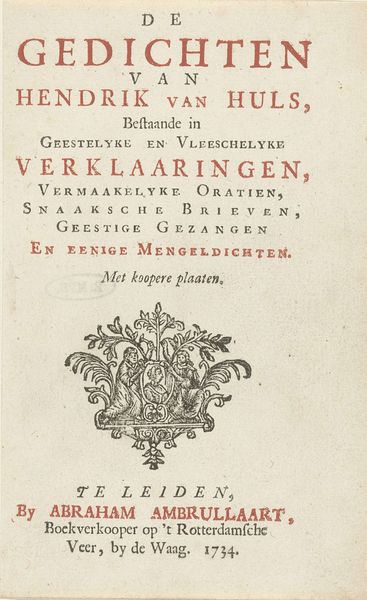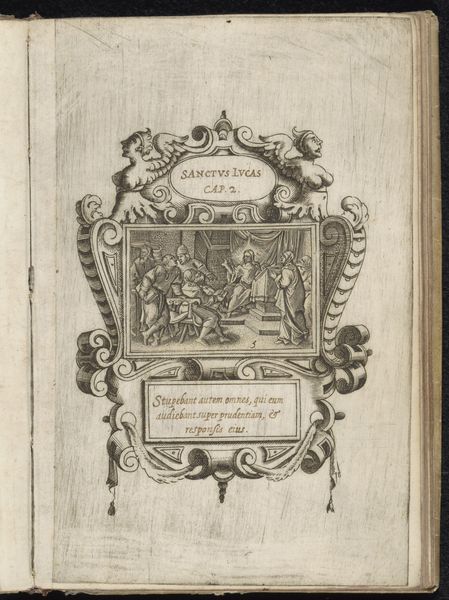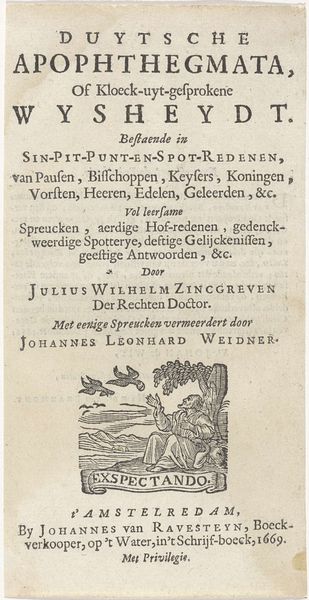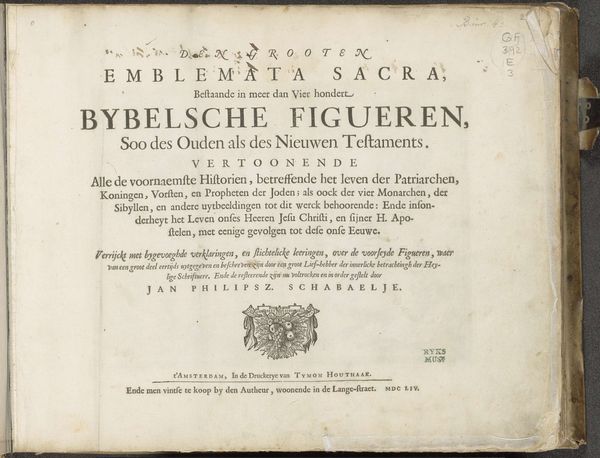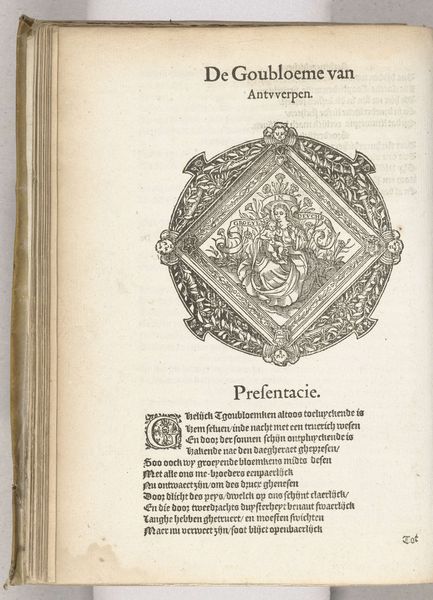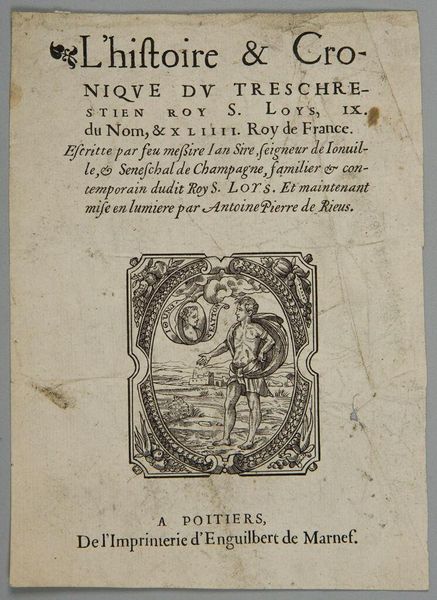
graphic-art, print, textile, engraving
#
graphic-art
#
baroque
#
dutch-golden-age
# print
#
textile
#
engraving
Dimensions: height 77 mm, width 63 mm, height 210 mm, width 160 mm
Copyright: Rijks Museum: Open Domain
Curator: So, this page, "Wapenschild van de Pachter," or "Coat of Arms of the Tenant Farmer," from 1748, is an engraving, a printed textile, by an anonymous artist, dating from the Dutch Golden Age. What jumps out at you? Editor: Well, it feels like political commentary to me. It's not exactly subtle. The coat of arms looks official, but then you read the title...tenant farmers? That makes me think it's not really about nobility but a critique of the wealthy elite, perhaps even satire. What's your take? Curator: Precisely. The 'Dutch Golden Age' was also a period of vast social inequality. Works like this engaged directly with contemporary power structures. Consider how printmaking allowed for widespread distribution of such critical imagery. How do you think that accessibility impacted its reception? Editor: I imagine it fueled public discourse and potentially, resentment toward the tenant farmers. Being able to reproduce images cheaply allowed even those lower down in the echelons of power to access information and satire. Curator: Exactly. It gave a voice, albeit visually, to those who felt exploited. The use of animal symbols and text mocking the tenant farmers – labeling their actions as roguish and comparable to vultures, and vultures preying, paints a clear picture of social tension and the power dynamics at play, where "justice" might be uneven. Note also how the framing of the title within that declaration gives it power. Editor: This has completely shifted how I initially saw this image. The use of satire as a means of critiquing social injustice, distributed widely, makes this print incredibly powerful and subversive for its time. Curator: Indeed. And it reveals how artistic choices reflected and shaped the social and political realities of the 18th century. Analyzing it through that lens helps us to better appreciate how people voiced discontent.
Comments
No comments
Be the first to comment and join the conversation on the ultimate creative platform.
